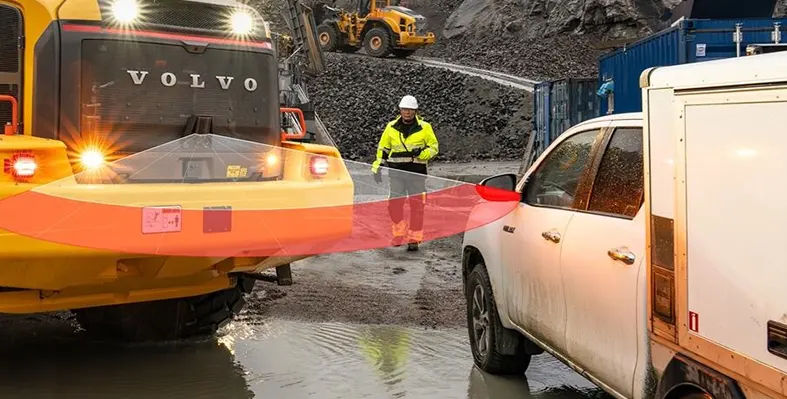The International Code Council (ICC) continued its robust program of industry engagement in September, having participated earlier in two of Saudi Arabia’s leading events: the Building Envelope Design and Insulation Conference (BEDIC) and the MEP International Conference (MEPIC).
The month concluded with ICC’s participation in Intersec Saudi Arabia at the end of September. Together, these platforms underscored ICC’s active role in advancing the Kingdom’s sustainable construction sector, strengthening building safety, and promoting best practices in efficiency and innovation.
Paul Sincaglia, Chief Fire Protection Engineer at ICC, and Beth Tubbs, Vice President of Codes Development at ICC, participated in Intersec Saudi Arabia, the Kingdom’s premier platform for the fire, safety, and security industry.
The event drew more than 27,000 professionals, including government leaders, agencies, and organisational heads. Discussions explored both the human and regulatory dimensions of building safety in Saudi Arabia.
What the future holds
One focus highlighted women breaking new ground in fire protection and life safety, showcasing how leadership and innovation are reshaping a traditionally male-dominated field and inspiring future professionals.
Additionally, there was a discussion examining the latest updates to the Saudi Building Code (SBC), with specific insights on the Saudi Fire Code (SFC), outlining their impact on industrial facilities and offering strategies for effective compliance. Together, these sessions highlighted the Kingdom’s progress in advancing both inclusion and regulatory operational excellence in the built environment.
ICC worked closely with regional partners to promote excellence in design and construction.
Through strategic collaborations with the Saudi Building Code Center (SBCC) and the Ministry of Municipalities and Housing (MOMAH), ICC supported the Kingdom’s efforts to develop and implement building codes tailored to local needs and priorities.
ICC welcomed visitors and industry professionals at Intersec to exchange insights and collaborate with global experts on shaping the future of safe, resilient, and energy-efficient buildings.
“Saudi Arabia is rapidly advancing its fire and life safety framework as part of building smarter and more resilient cities,” said Mohamed Amer, MENA managing director at ICC. “At Intersec, ICC is committed to sharing global expertise in fire protection, building safety, and risk management, while showcasing innovative solutions that enhance resilience and support the Kingdom’s Vision 2030 ambitions.”









 Safety is non-negotiable. Volvo’s next-gen loaders come equipped with:
Safety is non-negotiable. Volvo’s next-gen loaders come equipped with:
